The reconciliation bill passed by Congress and signed by the President on July 4, 2025, included several changes impacting higher education. We outline some of the FAQs you may get from students or alumni below. The National Association of Student Financial Aid Administrators (NASFA) also created a detailed and easy-to-follow guide to the changes.
Students will receive a message that updates them on what the changes mean on July 16, and alumni will receive a note about the changes to federal student loan repayment programs later in the week.
This FAQ is to help you answer any questions you may receive on the topic.
Current Students
Pell Grants, which are so important to undergraduate students with financial need, are staying largely the same. The biggest change is that starting in 2026-2027, the net value of small businesses and family farms with fewer than 100 employees won’t have to be reported on the FAFSA. (That’s restoring it to the way it was before they overhauled the FAFSA).
If you’re a current student with Parent PLUS loans, the changes won’t impact you. Beginning July 1, 2026, the federal Parent PLUS loan will be capped at $20,000 per year and $65,000 lifetime per student. Parents may still borrow for multiple children. If you have Parent PLUS loans taken out before July 1, 2026, parents can continue to borrow under current loan limits for three academic years or the remainder of their student’s degree program.
No. If you have at least one Grad PLUS loan prior to June 30, 2026, you can continue your loan until the end of your program or three academic years. That means if you plan to attend graduate school in 2026-2027 and utilize a Grad PLUS loan, as long as you take the loan out before that deadline, you will be grandfathered in.
Alumni
The important point to make with alumni who may have repayment plan questions is that they should contact their loan servicer, who is the only one who can advise them about their specific loans. The office of Federal Student Aid will also be sending out information directly to borrowers. Please also feel free to share the link to the information from NASFA at the top of this document.
If you’re enrolled in any of these repayment plans – Income-Contingent Repayment (ICR), Pay As You Earn (PAYE), or Saving on a Valuable Education (SAVE) – you’ll eventually be asked to transition to a new plan, either the Repayment Assistance Plan (RAP) or an Income-Based Repayment (IBR) plan, by July 1, 2028. If you don’t decide by that deadline, you would be automatically enrolled in RAP.
RAP will have a $10 minimum monthly payment and will base the borrower’s payment on their Adjusted Gross Income and number of dependents. RAP offers loan forgiveness after 30 years.
IBR requires a minimum monthly payment equal to 15% (10% for new borrowers on or after July 1, 2014) of the borrower’s discretionary income divided by 12. It offers loan forgiveness after 25 years.
If you’re enrolled in Standard, current IBR, Graduated, and Extended repayment plans, you can continue in those plans or opt to enroll in the new RAP plan.
Just this week, the U.S. Education Department announced it will resume applying interest to federal student loan borrowers in the SAVE plan beginning August 1, 2025, which means borrowers will begin accruing interest again. Repayments continue to be paused while the SAVE plan is considered by the courts. Federal Student Aid will reach out to SAVE plan participants with more information about options.
Many of you may work in fields where you are eligible for Public Service Loan Forgiveness, and you’ll be happy to know that no changes were made to this program.

